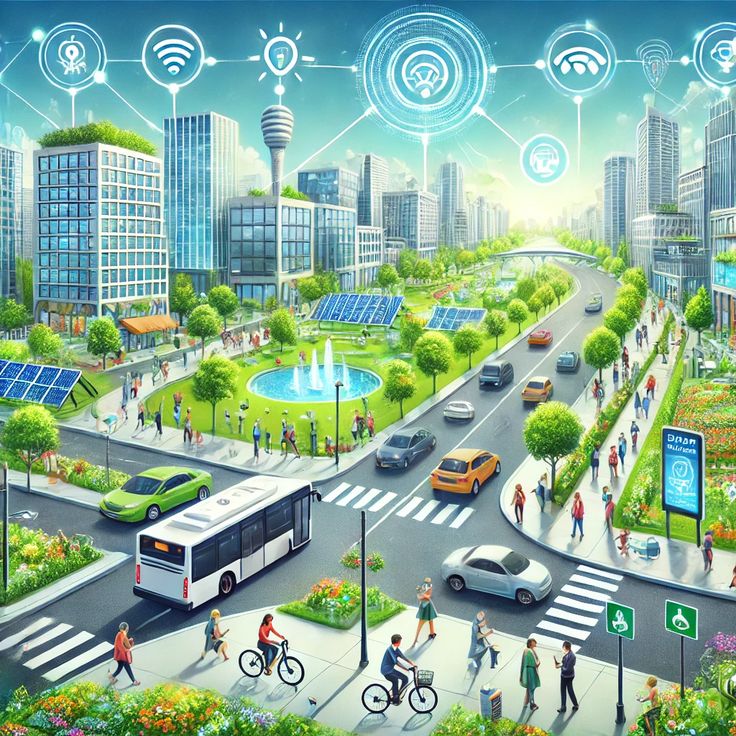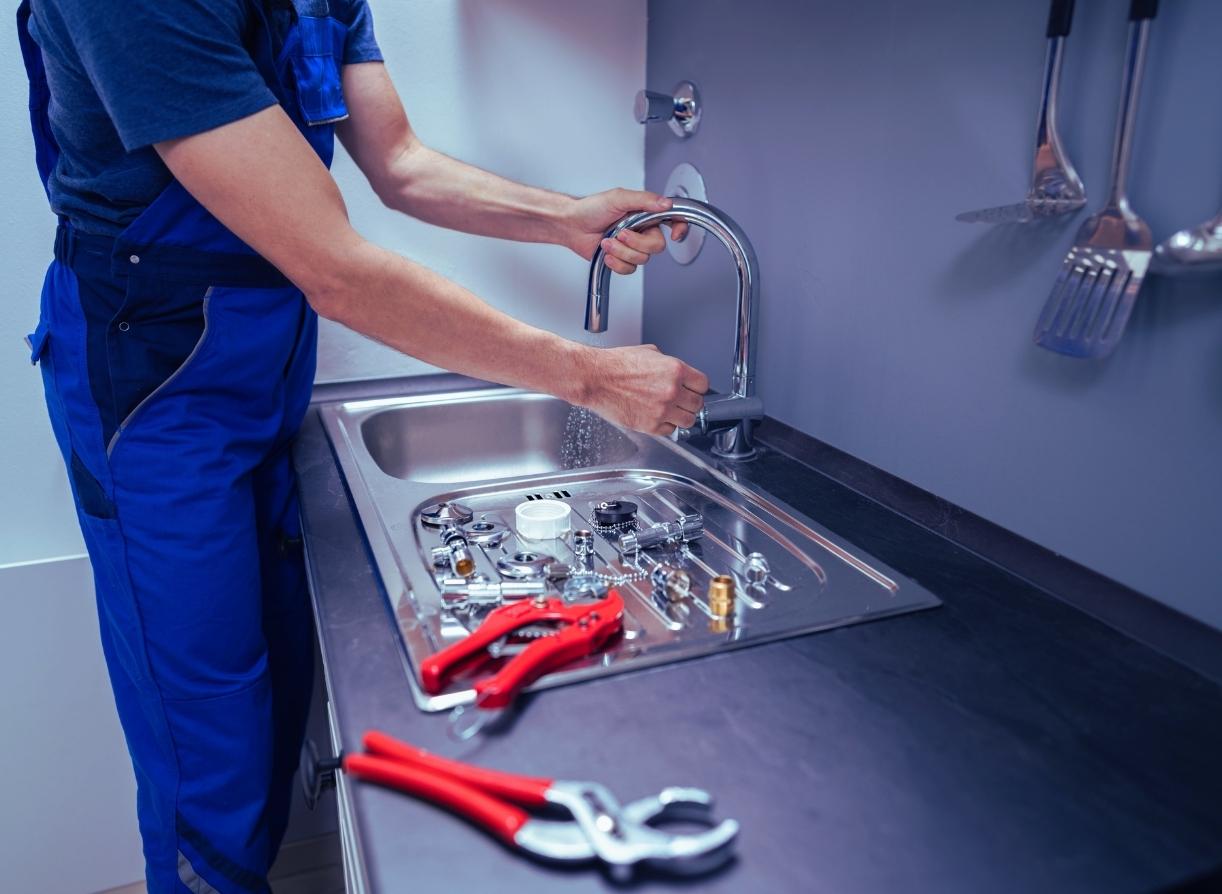
- Admin
- April 1, 2025
- Government & Public Services
Best Of Top 10 Public Transport in Houston City
Houston, a vibrant metropolis in Texas, offers a dynamic public transportation network that underpins Government Services Houston and Public Administration Services Houston. This extensive transit system is vital for ensuring smooth mobility and supporting Municipal Services Houston across a sprawling urban landscape. In this article, we explore the Top 10 Public Transport in Houston City, highlighting how these systems foster Community Development Programs Houston, collaborate with Public Sector Agencies Houston, and contribute to overall urban growth.
Houston’s transit options not only enhance everyday mobility but also work in tandem with Infrastructure Development Services Houston, Environmental Protection Agencies Houston, and Energy Conservation Programs Houston. These systems reduce traffic congestion, lower emissions, and ensure efficient Emergency Response Services Houston. By integrating modern technologies and sustainable practices, Houston’s public transportation network supports Public Safety Services Houston and improves accessibility for all residents, from downtown professionals to suburban commuters.
In this detailed guide, we present an in-depth analysis of the top 10 public transport options in Houston, discussing their features, benefits, and contributions to the city's development. Additionally, we include a comprehensive FAQ section addressing common business-related inquiries such as customer support numbers, headquarters locations, and financial insights.
Modern Bus Transit in Houston The Foundation of Urban Mobility
Houston's extensive bus network forms the backbone of Public Transportation Services Houston. It connects diverse neighborhoods, reduces traffic congestion, and supports Government Services Houston by offering an eco-friendly, reliable way for residents to commute across the city.
Modern Bus Transit – The Backbone of Houston’s Transit Network
Modern Bus Transit forms the core of Public Transportation Services Houston. Houston’s bus system, managed by local authorities, spans nearly every neighborhood, offering flexible, affordable travel options. The bus network works closely with Public Works Departments Houston and Urban Planning Organizations Houston to ensure routes are optimized for efficiency and sustainability.
Key Highlights:
-
Extensive Coverage: Buses connect diverse communities, providing reliable access to Citizen Support Services Houston and reducing reliance on private vehicles.
-
Eco-Friendly Fleet: With ongoing upgrades to hybrid and electric models, the system supports Energy Conservation Programs Houston and Environmental Protection Agencies Houston.
-
Integrated Services: Bus routes align with commuter rail and light rail stations, ensuring seamless connectivity across Houston’s transportation network.
This transit system plays a critical role in easing urban congestion and is supported by Government Grant Services Houston that fund regular improvements and technological advancements.
Light Rail Systems – Fast and Sustainable Urban Mobility
Light rail offers a rapid, efficient alternative to road travel in Houston. Operating along major corridors, the light rail system is essential for Public Administration Services Houston and contributes significantly to Infrastructure Development Services Houston.
Key Highlights:
-
Speed and Reliability: Light rail reduces commute times during peak hours and improves overall transit efficiency.
-
Modern Infrastructure: With state-of-the-art stations and advanced signaling systems, the light rail supports Houston’s long-term urban development goals and integrates with Public Sector Agencies Houston.
-
Environmental Impact: By offering an eco-friendly travel option, the light rail system aids Energy Conservation Programs Houston and minimizes the city’s carbon footprint.
These systems are pivotal in connecting commercial hubs with residential areas, bolstering economic activity and fostering Community Development Programs Houston by facilitating access to jobs and essential services.
Commuter Rail – Bridging Downtown and the Suburbs
Commuter rail is a lifeline for residents traveling between Houston’s bustling downtown and its expansive suburban areas. This service is a cornerstone of Municipal Services Houston and plays an essential role in regional connectivity.
Key Highlights:
-
Extensive Network: Commuter rail lines extend from the city center to outer suburbs, ensuring that residents across Houston can access central services.
-
Economic Integration: By linking suburban communities with downtown, commuter rail promotes local commerce and supports Government Contracting Firms Houston in fostering economic development.
-
High Capacity: Designed to handle large volumes of passengers, commuter rail ensures that mass transit is both efficient and reliable, easing the burden on roadways and supporting Public Safety Services Houston.
This transit option not only enhances regional connectivity but also contributes to sustainable urban planning by reducing traffic congestion and aligning with Waste Management Solutions Houston and Water Supply Services Houston initiatives.
Additional Public Transport Options in Houston
Beyond the primary modes of transit—buses, light rail, and commuter rail—Houston has embraced several innovative and complementary public transport options that further enhance urban mobility.
Paratransit Services
Paratransit services provide specialized transportation for the elderly and individuals with disabilities, ensuring no one is left behind. These services are integral to Social Welfare Organizations Houston and Citizen Support Services Houston and are continually enhanced through Government Grant Services Houston.
Bike-Sharing Programs
Bike-sharing initiatives promote a healthy, eco-friendly alternative to motorized transport. These programs are crucial in reducing urban congestion, supporting Energy Conservation Programs Houston, and offering an active lifestyle option that complements Public Transportation Services Houston.
Ride-Sharing and On-Demand Transit
Ride-sharing services, offered by private companies, have become popular in Houston due to their flexibility and door-to-door convenience. These services are designed to integrate with existing public transit systems, supporting Public Works Departments Houston and offering additional connectivity during off-peak hours.
Water Taxi Services
Unique to cities with significant waterways, water taxis in Houston provide scenic, alternative transit options. These services boost tourism, support Parks And Recreation Services Houston, and offer residents a novel way to navigate the city’s waterways while complementing traditional transit networks.
Electric Shuttle Buses
Electric shuttle buses operate in high-density areas, providing environmentally friendly transit solutions that align with Energy Conservation Programs Houston. They are part of a broader initiative to modernize urban transport, reduce emissions, and support Environmental Protection Agencies Houston.
Microtransit Services
Microtransit offers flexible, on-demand routing that adapts to real-time passenger needs. This innovative approach enhances last-mile connectivity and fills gaps in the established transit network, supporting Public Transportation Services Houston and ensuring comprehensive coverage across the city.
Heritage Streetcar Services
Heritage streetcars offer a nostalgic and culturally rich transit experience, connecting historical districts and enhancing local tourism. These streetcars play a role in Community Development Programs Houston by promoting cultural heritage while providing efficient urban transit.
FAQs
1. What is the primary role of Houston's bus transit system?
Houston’s bus system provides extensive coverage across the city, reducing traffic congestion and offering an affordable and eco-friendly travel option.
2. How does the light rail system improve urban mobility in Houston?
Light rail offers faster transit times, modern infrastructure, and helps reduce reliance on personal vehicles, supporting sustainable urban growth.
3. What areas does the commuter rail network serve in Houston?
The commuter rail network connects downtown Houston with its suburbs, enhancing regional connectivity and supporting economic integration.
4. How are paratransit services in Houston funded?
Paratransit services receive support through Government Grant Services Houston and work with Social Welfare Organizations Houston to provide specialized transportation for disabled and elderly passengers.
5. What benefits do bike-sharing programs offer to Houston residents?
Bike-sharing programs promote active, eco-friendly transit, reduce emissions, and provide last-mile connectivity to complement other public transport options.
6. Are ride-sharing services integrated with Houston’s public transportation network?
Yes, ride-sharing services often work in tandem with traditional transit systems, enhancing overall connectivity and offering flexible travel options.
7. How do water taxi services contribute to Houston’s transit system?
Water taxis offer a scenic and efficient alternative mode of transport, boosting tourism and connecting key areas along Houston’s waterways.
8. What are electric shuttle buses, and how do they benefit Houston?
Electric shuttle buses provide environmentally friendly transit in high-demand areas, reducing carbon emissions and supporting energy conservation initiatives.
9. What is microtransit, and how does it complement existing transit options?
Microtransit offers on-demand, flexible routing that enhances last-mile connectivity and fills gaps in the public transportation network.
10. How do heritage streetcar services enhance Houston’s transit system?
Heritage streetcars offer a culturally enriching transit option that connects historical districts and promotes local tourism.
11. What role do regulatory agencies play in Houston’s transit system?
Regulatory Agencies Houston ensure that transit services meet safety and environmental standards, supporting Public Works Departments Houston and Urban Planning Organizations Houston.
12. How do public transportation services in Houston support Public Safety Services Houston?
Efficient transit reduces traffic congestion, allowing emergency services to respond quickly, and contributes to overall public safety.
13. What partnerships support the development of Houston’s transit infrastructure?
Houston’s transit infrastructure is supported by collaborations with Government Contracting Firms Houston, Public Sector Agencies Houston, and City Council Offices Houston.
14. How do public transportation services in Houston benefit environmental sustainability?
By reducing the number of private vehicles on the road and incorporating eco-friendly technologies, Houston’s transit systems support Energy Conservation Programs Houston and Environmental Protection Agencies Houston.
15. What is the average salary for transit workers in Houston?
Transit worker salaries vary by role, with bus drivers and train operators typically earning between $40,000 and $60,000 annually.
16. Where is the headquarters of Houston’s transit authority located?
Houston’s transit authority headquarters is located in downtown Houston, serving as the central hub for transit operations and administration.
17. What are the major products and services offered by Houston’s transit companies?
They offer daily commuter transit, on-demand mobility services, bike-sharing, paratransit, water taxis, and heritage streetcar services.
18. How do postal and courier services integrate with Houston’s transit network?
These services rely on efficient public transportation to ensure timely deliveries and often coordinate with Public Utility Companies Houston for logistics support.
19. What financial insights are available for Houston’s transit projects?
Funding for Houston’s transit projects comes from a mix of city budgets, government grants, and public-private partnerships that drive infrastructure improvements.
20. Who are the key figures behind Houston’s major transit projects?
Key figures include city officials, transit authority leaders, and project managers dedicated to enhancing public transportation through innovation and sustainable practices.
Recent Blogs
Related Listings
Categories
- Agriculture & Farming (96)
- Arts & Culture (258)
- Automotive (190)
- Beauty & Spa (95)
- Bookstore Libraries (100)
- Cleaning Services (85)
- Construction & Contractors (251)
- Education & Training (126)
- Electrical Services (76)
- Energy & Environment (100)
- Entertainment & Media (105)
- Finance & Insurance (188)
- Government & Public Services (160)
- Health & Medical (295)
- Home & Garden (78)
- Home Automation (100)
- Hotels & Travel (197)
- Immigration Services (99)
- Legal Services (163)
- Manufacturing (205)
- Marketing & Advertising (272)
- Non-Profit & Charities (121)
- Personal Services (119)
- Pest Control (101)
- Pet Services (218)
- Plumbing Services (85)
- Printing Services (100)
- Real Estate (245)
- Restaurants & Food (309)
- Retail & Shopping (194)
- Security Services (100)
- Sports & Recreation (151)
- Technology & IT (160)
- Telecommunications (120)
- Transportation & Logistics (227)
- Travel (95)
- Water Purification (97)
Questions & Answers – Find What
You Need, Instantly!
How can I update my business listing?
Is it free to manage my business listing?
How long does it take for my updates to reflect?
Why is it important to keep my listing updated?










